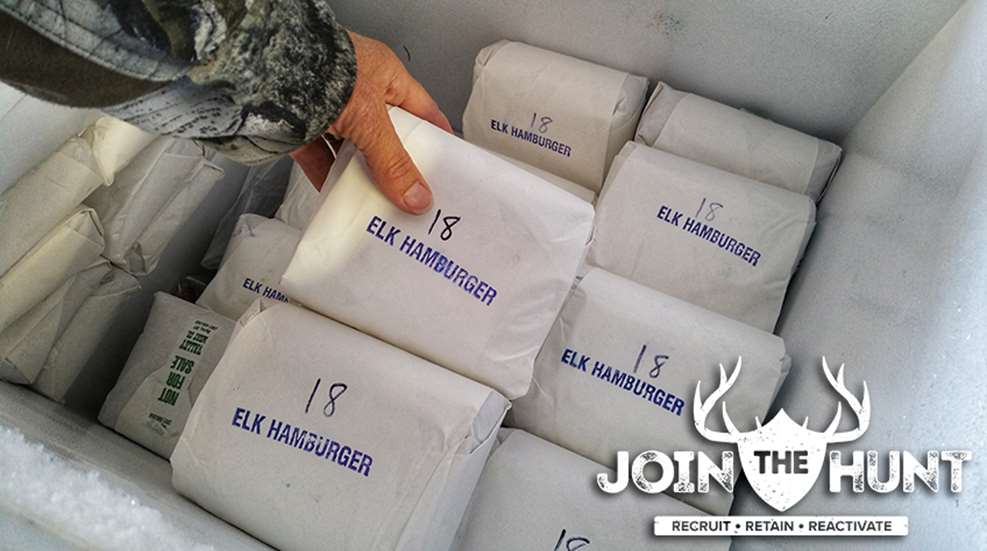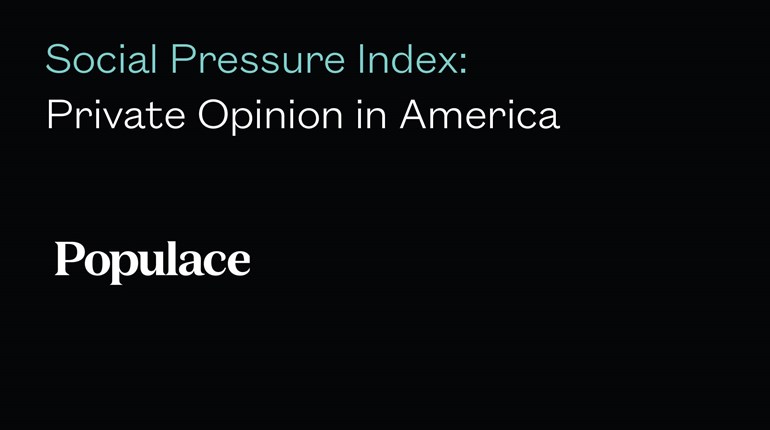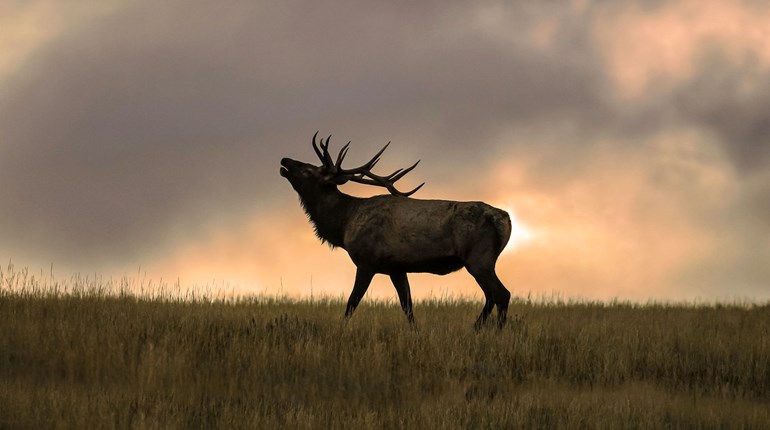
Protein, in the form of meat, continues to be an expensive addition to any grocery cart. Compare the price of a bunch of bananas to a family portion of pork chops; case closed. Because of this higher cost, many food banks list nonperishable protein (canned meat products) as their No. 1 need.
Alas, millennials, along with their younger cohorts, Generation Z, aren’t all that crazy about canned goods. This group leans toward a diet defined by terms such as organic, sustainable and locally sourced. This trend has been in play for some time, but these groups have been forcing it into the current marketplace. According to Nielsen, a global measurement and data analytics company, millennials are twice as likely (75 percent vs. 34 percent) as baby boomers to say they are definitely or probably changing their habits to reduce their impact on the environment. They’re also more willing to pay more for products that contain environmentally friendly or sustainable ingredients (90 percent vs. 61 percent), organic/natural ingredients (86 percent vs. 59 percent) or products that have social responsibility claims (80 percent vs. 48 percent).
According to the Organic Trade Association, 52 percent of organic consumers are millennials. And unlike what some Hollywood celebrities and animal-rights influencers want you to believe, the majority of Americans still enjoy meat in their diet. Gallup research from 2018 assuredly asserts that only 5 percent of America takes part in a vegetarian or vegan diet; that number has remained unchanged in recent years.
When you combine cost savings with a green outlook it creates an ideal opening to introduce someone to hunting. Although far from alone, the white-tailed deer stands as an ideal educational tool and a target for the newbies looking for locally sourced protein. Hunts exist coast to coast for whitetails and other deer species, but whitetails are clearly the most abundant. A single deer can provide more than 50 pounds of deboned, lean meat.
The Quality Deer Management Association tracks the whitetail harvest across the country. In the organization’s 2019 report, you can see there are many opportunities to save money in the meat aisle. More than 3 million bucks were taken during this reporting period; nearly the same amount of antlerless deer were put in freezers. That’s approximately 6 million deer that went to feed the country. Add to them an expanding population of wild turkeys, Canada geese, a stable of small-game offerings plus burgeoning elk numbers in the West. Clearly, the grocery store is open for inexpensive protein shopping.
Millennials lean toward a diet defined by terms such as organic, sustainable and locally sourced. Venison fits soundly into this category.
You can argue hunting is expensive. You’d be right. Trips to remote hunting camps, premier licenses, outfitters, leased hunting property and top-end gear drive up costs. Take that route and a pound of venison equals the price of caviar. But don’t forget that today the majority of hunters use the lifestyle as an escape in addition to adding healthy protein to a diet. Enjoy the escape.
The U.S. Fish and Wildlife Service completes a survey on hunting, fishing and wildlife watching every five years. The latest, released in 2017, shows the average hunter annually spends 16 days in the field at a cost of $803. That’s an average; you can trim that cost significantly. And luckily, a straightforward mission of filling the freezer doesn’t add up to caviar prices. That’s where you can help others join the hunt.
A good first step to convincing a young person to join us: Share some of your bounty. Pass a package of wild game to a niece, nephew, neighbor or coworker. Don’t get in someone’s face about our lifestyle, but communicate the health benefits of lean, wild game. Describe its organic nature and how it’s available within minutes of most locales. Include a recipe with your gift. Close out with a visual of spending time in the great outdoors and see if the dining experience sparks future interest.
In the meantime, research all deadlines and license opportunities for nearby, high-success hunts that can fill a freezer. Introduce protein seekers to low-cost license options that provide high success in easily accessed areas. Economical, easy and fruitful all add up to repeat hunters. Take it a step further and reach out to any property owners you may know who are burdened with too many deer or elk, especially antlerless prospects. Also explore public access where success is attainable. Advise your meat-seeking understudy of hunter safety requirements. Research and embrace any mentor programs available in your region.
Ditching antlers creates a winning scenario. In addition to the likelihood of more animals being available to hunt, many states lower the cost of antlerless permits to entice additional harvest for management. Most states also have options for multiple antlerless tags to be held in the same year. Some even mandatorily add the tag to a buck license. A resident doe/fawn license in my home state of Wyoming is $22, and it’s only $14 for youth. An elk cow/calf license is $43, and it’s just $20 for youth. Pair it with do-it-yourself butchering and that’s affordable protein, especially if you only have to add the cost of a tank of fuel.
One afternoon while stopped at a Wyoming Game and Fish Department office, I had to look twice at a truck brimming with antlerless pronghorns. Legs were sticking up everywhere. When I queried the hunters on their noticeable success, their reasoning was sincere and forthright: They were filling the freezer as inexpensively as possible. They also helped out a landowner with a mushrooming pronghorn population. Problem solved for everyone.
If you really have a person interested in the meat portion of the hunter diet, help him out with gear. We all have a shelf or closet with gear we no longer use. A newbie doesn’t need the latest in space-age clothing, Hubble telescope optics or the newest centerfire caliber to secure venison. A retired .30-06, an old binocular, a folding knife and a wool coat can go a long way to aid someone with a freezer mission. Toss in a box of ammunition along with an invite to the range for a sight-in session and your protégé could be ready for launch.
The green movement has become trendy among millennials. Introduce some of them to hunting and a way of life that immerses them in the environment with an outcome to enjoy a renewable, locally sourced, healthy and organic protein source minutes from home.



































